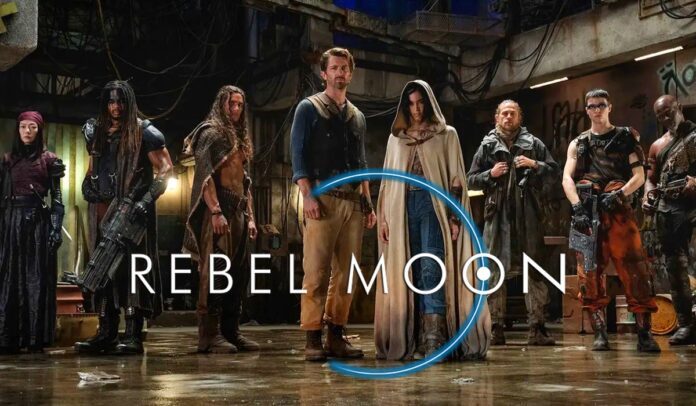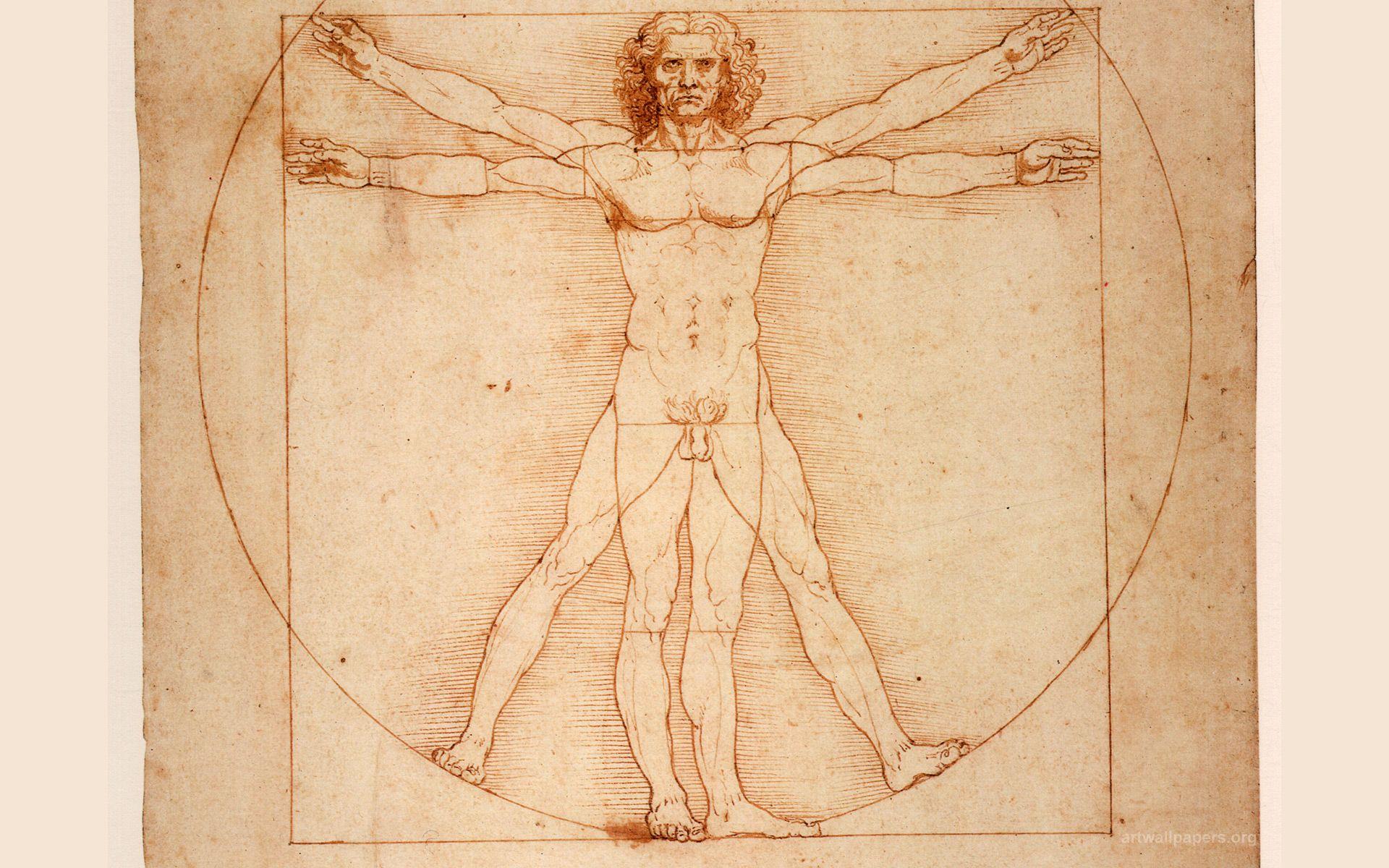- 11 Ways You Never Imagined Leonardo da Vinci Influences Screenwriting Today (Part 1)
- 11 Ways You Never Imagined Leonardo da Vinci Influences Screenwriting Today (Part 2)
Genius is a word that is terribly overused.
Until someone proves themselves over a period of time or in their chosen profession, we should all probably dial it back a bit. In the case of the man from Vinci named Leonardo, I’m not sure we can say enough about his genius.
What does this man from the 15th century have to do with us as modern writers? A lot as it turns out.
1) Polymath
The definition of a polymath is someone who is knowledgeable and skilled in many disciplines – the very ideal of a Renaissance man, da Vinci certainly qualifies. A painter, draftsman, engineer, scientist, theorist, sculptor, and architect he also dabbled in anatomy, astronomy, botany, cartography, and paleontology. Heard of the Mona Lisa? His. The Vitruvian Man? His. Flying machines, solar power, double hulled ships, and… a bobbin winder?? Yeah, and hundreds more paintings and inventions.
A man of arts and sciences, again the very definition of the High Renaissance, da Vinci never saw a horizon he wouldn’t or couldn’t strive for.
2) Hollywood Limits Us
Now I don’t blame Hollywood for anything. If you’re unhappy with the way the business is run then do something to change it – or change yourself.
Da Vinci was born illegitimate. In this time period, his status limited him to what he could and couldn’t do. He was forbidden to become a lawyer like his father because of it. Lesson is, don’t blame – gain acclaim.
If you think it’s hard to sell something in Hollywood, try 15th century Europe when the world was insular and filled with nepotism. Add in geniuses (there’s that word again) like Michaelangelo, Raphael, Donato Bramante and others to compete against and you really had to shine.
More than five hundred years later and da Vinci’s influence is still felt in diverse areas of modern culture. His genius holds profound relevance for modern-day scriptwriters. As someone who thrived on curiosity, interdisciplinary thinking, and relentless pursuit of perfection, da Vinci offers timeless lessons that can elevate our storytelling. In this article, we’ll explore how his creative processes, observational skills, and innovative thinking provide invaluable insights particularly in the areas of structure and visual storytelling.
3) Be Curious
One of da Vinci’s most celebrated traits was his boundless curiosity about multiple fields. He didn’t just paint; he also studied human anatomy, botany, geology, and mechanical engineering, making significant advances in each area. For a modern screenwriter, da Vinci’s interdisciplinary approach can serve as a blueprint for developing richer, more complex narratives. Writers who explore subjects outside of writing, such as psychology, history, art, and technology can find fresh ideas and new perspectives for their scripts.
For instance, da Vinci’s studies of anatomy gave him an extraordinary understanding of the human form which then wholly informed his art. Similarly, for a scriptwriter, learning about human behavior from psychology or sociology can lead to more realistic and nuanced characters. Understanding the science behind phenomena can enrich world-building in science fiction stories, while studying history can provide authenticity to period pieces.

Main cast of Rebel Moon. Photo courtesy of Netflix
World Building in particular benefits from research. In Rebel Moon the screenwriters know the currency, the geo-political situations, the technology, the ecology, etc. Understanding imparts informed writing. Ideas spring from this particular form of curiosity which then drives you to continue to expand and fill worlds.
I did massive amounts of research for multiple scripts; books, internet, live discussions. When I wrote Devil’s Knot I read all the court transcripts; books on the case; interviews with the attorneys for the West Memphis Three, studies the Arkansas area – and on and on. The things I learned from any one source propelled me to other ideas and directions and gave me a library of factoids to grab onto when I started writing.
Da Vinci, the master of many crafts, did exactly the same things.
4) Push Your Boundaries
In da Vinci’s time, artists were often hamstrung by religious and political boundaries, yet he ignored these limits by studying nature and the human body with scientific precision. He would perform dissections, illegal at the time unless done by a doctor, to understand how the body worked, how muscles and nerves attached, the bone structure of living things and more. He doggedly pursued even though he could have been arrested for violating the laws of the time.
We certainly don’t want to break the law, but in today’s world, taking no for an answer should be just a precursor to trying harder. Again, not encouraging stalking, but if a producer says no to your script or pitch then ask them what you can do to get a yes. I had a producer tell me after she rejected my script and I asked her why she said, “You’re a terrific writer. But next time get a better concept.” I heard her and it was the single most important lesson I learned. A ‘no’ just means at times that it isn’t right for the person you’re pitching. Don’t be discouraged – push a little and figure it out. Da Vinci did.
5) Why Not?
I get these questions all the time in my classes, “Should I write this or that?” “I’ve never written a <blank> movie before.” Or – “But what if this turns out to be 1) not to market 2) not commercial 3) not my best work.” I mean, WTH – just write it. You won’t know what you can do until you try it. And Hollywood doesn’t know what it wants next until it’s successful.
Da Vinci was a painter. But wait. He invented stuff. Didn’t he also…? Yes, he did He never saw a limitation he couldn’t challenge. There’s no time limit on success – maybe that script you think you’d fail at actually opens doors either to writing success or in your mind? Da Vinci didn’t look at something and ask “Why?” He asked “Why not?”
One of the most important characteristics of a screenwriter is the willingness to take risks and innovate. In this sense, Leonardo da Vinci’s entire career was a testament to risk-taking. He often explored uncharted territories, daring to challenge the status quo. And he didn’t limit himself. If you don’t think you can do it you won’t.
Screenwriters today, more than ever, should craft narratives that subvert expectations, surprise, explore controversial themes, or use novel (unique) techniques in storytelling.
Da Vinci’s invention sketches were so far ahead of their time that they were often not practically realizable with the technology available in the Renaissance. A flying machine – before an internal combustion engine was invented? Madness. Bridges that could stand by themselves without use of bindings? Silliness. Parachutes, diving suits, robots??? Devilment.
Still, he continued to push boundaries. For example, his design for a flying machine, inspired by his detailed studies of birds, was not just the imaginative musings of an artist, but a serious attempt to explore human flight long before it was technically feasible. Similarly, many modern screenwriters create stories that challenge storytelling limits, experimenting with structure, character, or visual effects in ways that were previously unimaginable. The movie Everything, Everywhere, All At Once is a successful example of this.
Christopher Nolan’s Memento, a film that plays with non-linear storytelling in a way that defies traditional cinematic structures propelled him to the A-List. Like da Vinci, Nolan experimented with time and memory, subverting the audience’s expectations of how a narrative should unfold. Read my article on New Storytelling Paradigms – Meander and Explode for ideas on non-traditional structures.
The risk-taking aspect of da Vinci’s work also extended to his personal projects. Many of his ideas were speculative and untested, just as screenwriters often take creative leaps in storytelling without knowing whether they will resonate with audiences. His notebooks are filled with inventions, anatomical studies, and artistic ideas that may never have been fully realized, but demonstrate a fearless curiosity and willingness to fail in pursuit of something greater. Similarly, screenwriters often have to write without guarantees of success, pushing forward with ideas even when the path to completion seems uncertain or unconventional.
So – why not? What have you got to lose?
6) It’s Not Perfect… Yet
On odd trait of the master perfectionist who was da Vinci is that he left many of his works unfinished, including some of his most famous projects like the Adoration of the Magi. While this might seem counterintuitive to today’s fast-paced, results-driven world, there’s a profound lesson in da Vinci’s penchant for leaving things incomplete. Creativity doesn’t have to fit within the boundaries of perfectionism. In fact, it probably shouldn’t – it’s too limiting.
I have multiple dozens of unfinished scripts I call thirty-page wonders. Ideas that I just couldn’t finish because the concept didn’t play out the way I imagined. Oh, well – onto the next one.
Sure I work on them at the time, but I’m also not afraid to leave it unfinished because I know when I come back to a project I will probably be beyond whatever was blocking me. My script The Left Hand Of Darkness is a prime example of this. I finally thought to combine two disparate concepts to great effect and completion.
If you only have one idea, one project, and you can’t finish it, you’re dead in this business; a business that thrives on endless ideas, the more, the better. So perfection must go out the proverbial window – it can’t hang you up. Explore, succeed, fail – that’s all good. Call it the shotgun approach and load both barrels.
Da Vinci’s willingness to start or stop a project should serve as a reminder that an idea doesn’t have to be fully formed before it can be explored. Writers can—and should—allow themselves the freedom to experiment, revise, and even abandon concepts when necessary. Just as da Vinci viewed his unfinished works as part of his larger creative process, screenwriters can see unfinished drafts and projects not as failures, but as essential steps toward mastery. Allowing ideas to evolve, even if they feel imperfect at the time, opens the door to greater creativity and innovation in storytelling.
For a screenwriter, this underscores the importance of fluidity in the creative process. The genius from Vinci proved the concept.

